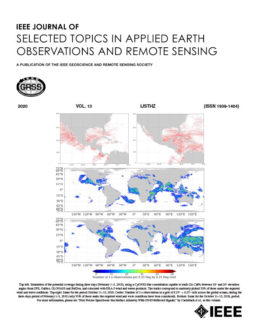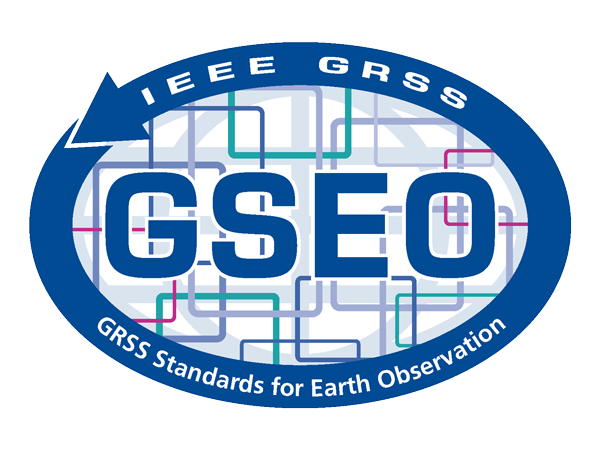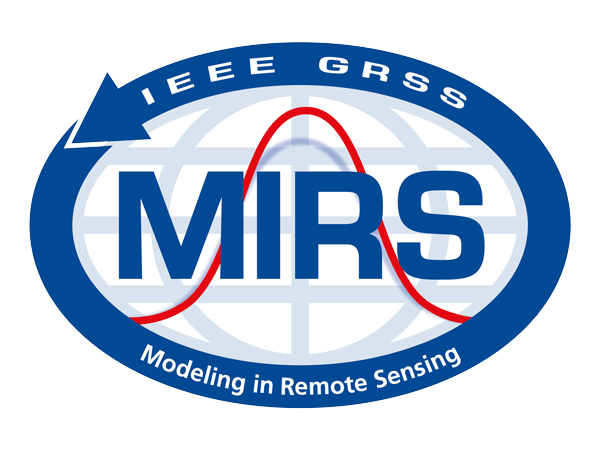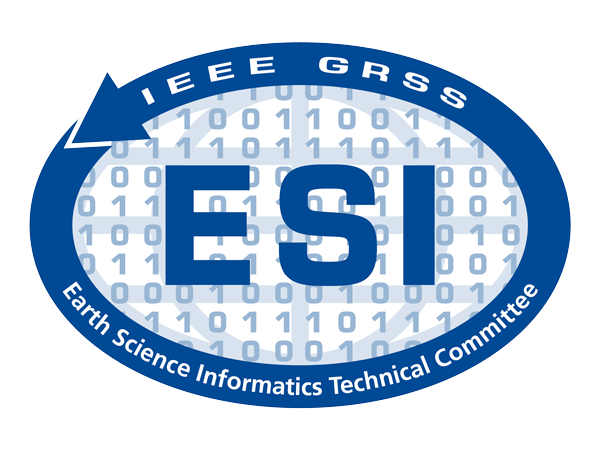Special Issue on ''Quantum Computing for Earth Observation''
- December 31, 2022
- IEEE JSTARS
This special issue aims to introduce this extraordinary field to the GRSS community, present the current state-of-the-art in quantum technologies, identify challenges and opportunities, and engage the quantum community for EO in the long-term.

General Information
Quantum theory is rapidly evolving in various advanced technologies with impact to space applications. Quantum technology is already present in space, e.g., quantum key distribution. Latest investigation results validate the feasibility of actual applications and many other resources with unprecedented potentials such as quantum simulations, computing, imaging, sensing, metrology, optimization or machine learning are at the edge of maturity.
We are at the beginning of a paradigm shift, which is largely impacting Earth Observation (EO). The open or easy access to early quantum computers represents a huge potential to discover new solutions and broaden the applications of EO. An increasing amount of research in communications, optics, physics, and nanotechnologies provide fantastic opportunities to implement disruptive data analytics methods or instruments for space applications.
Quantum sensing and imaging enable new measurements and observation concepts of physical quantities, achieving higher levels of accuracy beyond the classical limits. Quantum simulations can boost the forecast of climate and our planet phenomena, and quantum computing can solve challenges of the Big EO Data, with novel Data Science and Artificial Intelligence (AI) solutions. These developments are offering numerous opportunities to contribute to the research and engineering aspects of quantum technologies.
This special issue aims to introduce this extraordinary field to the GRSS community, present the current state-of-the-art in quantum technologies, identify challenges and opportunities, and engage the quantum community for EO in the long-term.
Guest editors:
Mihai Dactu – German Aerospace Center (DLR) and University Politechnica Bucharest (UPB)
Jacqueline Le Moignes – NASA Earth Science Technology Office
Bertrand Le Saux – European Space Agency (ESA)




























